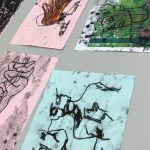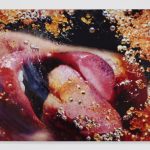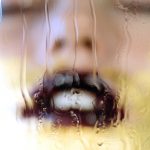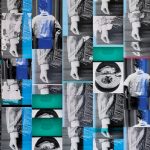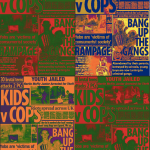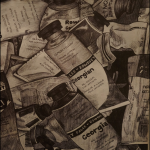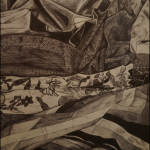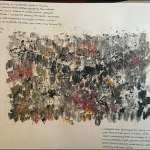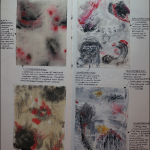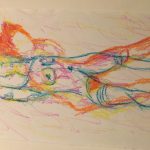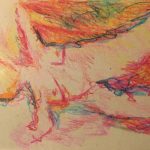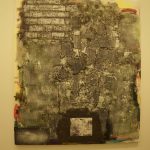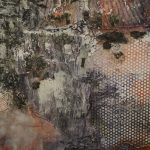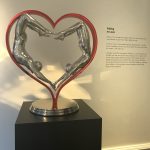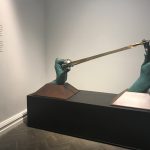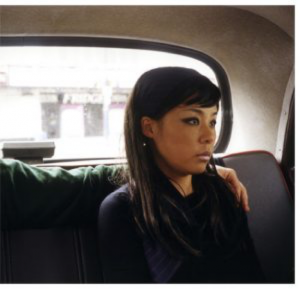As a part of my film project, I designed a video of London’s Christmas lights and fireworks in order to create a festive film, with the idea that perhaps it could be used as a background or as part of a festive advertisement.
In order to make my film bigger and more elaborate, I would consider how I am presenting my film. Currently I have only presented my film on a single projector, but so that the audience could become more emerged in the video I would like the video to be projected on all the walls of a dark boxed room, ensuring that the lights and fireworks are vibrant and bold creating a bright cheerful atmosphere. I would use surround sound, to submerge the audience in the energetic surroundings, to create the ‘magical’ idea of Christmas.
Also, I examined the original footage that I was using, which was recorded unprofessionally by my iPhone camera, and realised that it was unfocused and restricted me from filming professional clips. If I was to complete this task again then I would ensure that I use a DSLR camera, and explore more using Adobe softwares such as “After effects” to blur out the images further, making the lights look sparklier, and creating a variation of speeds so the video connects more with the beats of the Christmas song playing in the background.

